In the period known as the Dark Ages (c. 300 - 700 AD), woodlands staged a remarkable comeback across Europe, including the Netherlands.


In the period known as the Dark Ages (c. 300 - 700 AD), woodlands staged a remarkable comeback across Europe, including the Netherlands.
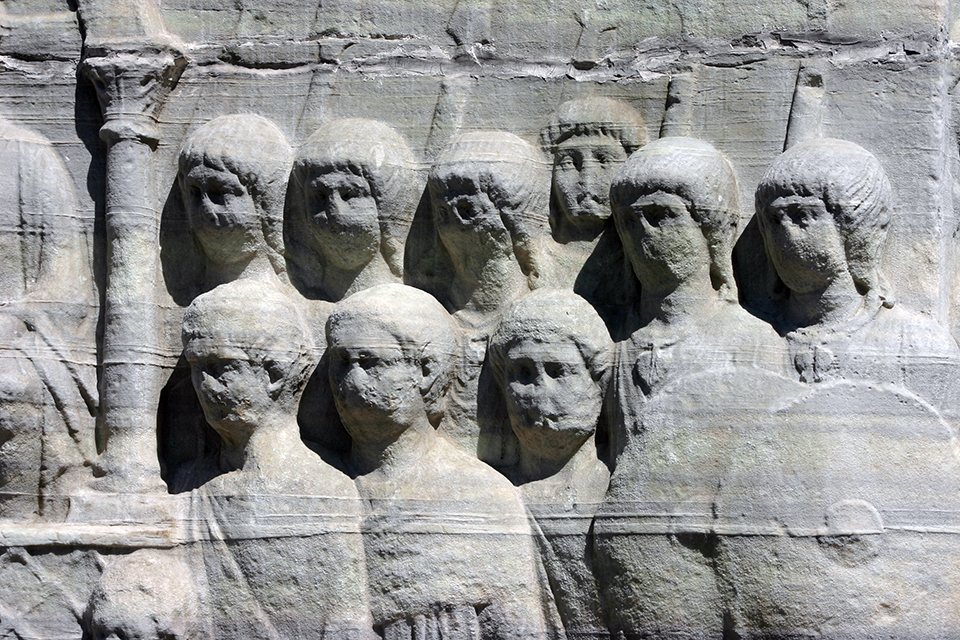
Citizen of the Franks, Roman soldier in arms. Such is the established translation of the first part of a burial inscription from the fourth century discovered near Budapest
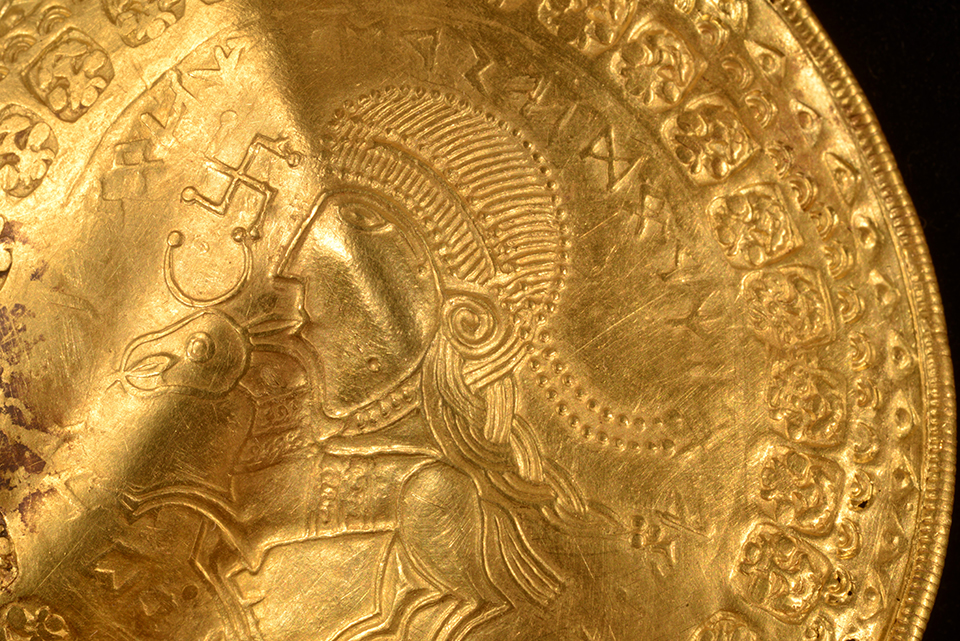
In December 2020, an impressive hoard of gold bracteates, pendants and a scabbard mount was discovered. Dated to c. AD 335-540, the hoard is unique. Recently, the Runic inscription on one of the bracteates was deciphered, presenting us with the earliest Odin inscription.
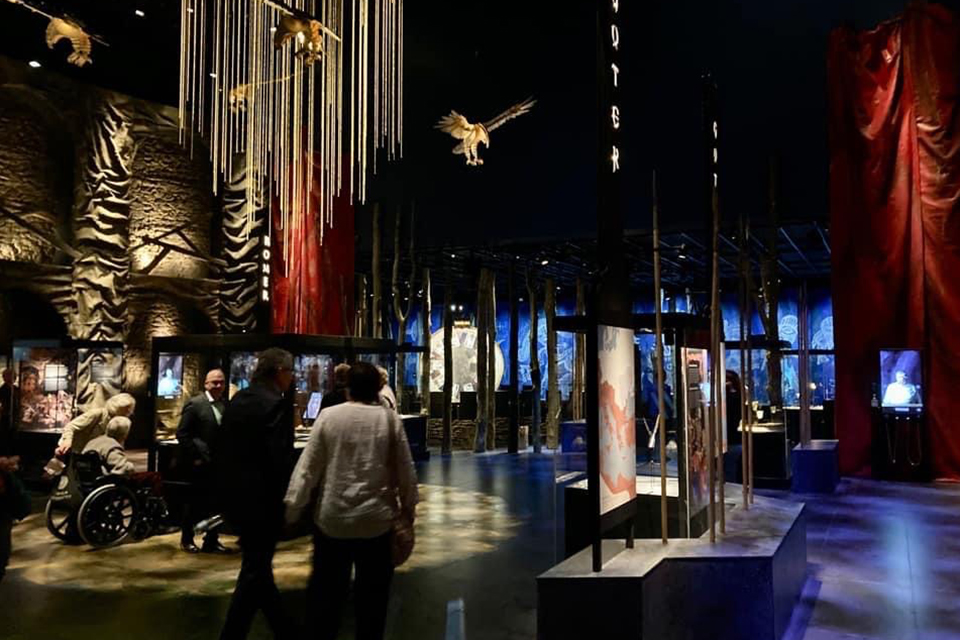
A new special Exhibition - Out of Chaos - at Moesgaard Museum in Århus spotlights the Dark Ages between AD 300-600.

The largest ever golden treasure from The Migration Period was found in Renaissance Denmark. A new exhibition at the Museum in Tønder near the border between Denmark and Germany tells the story.
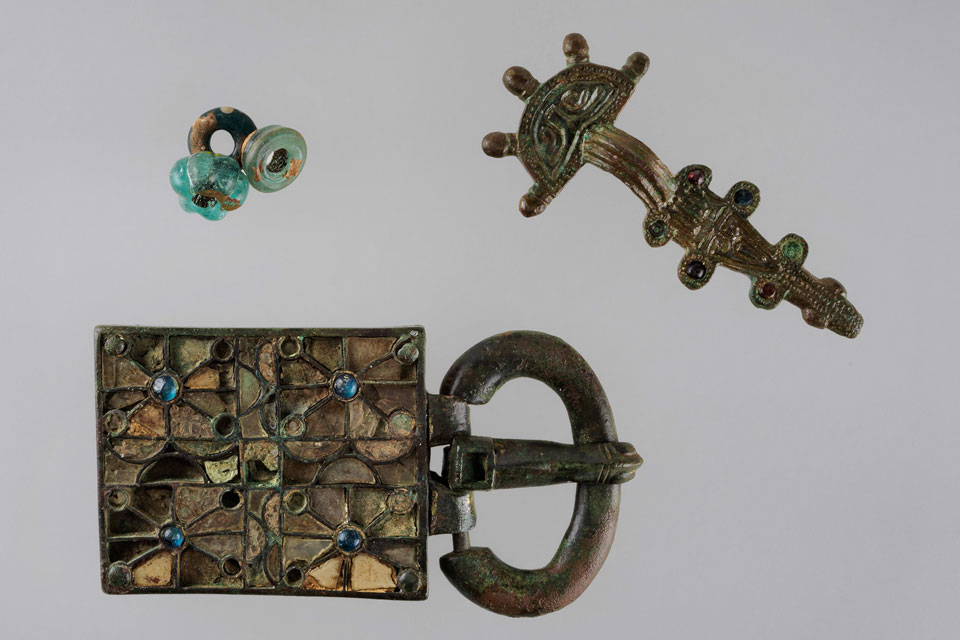
Would a Roman or a Goth in 5th-century Toulouse be able to tell the difference between each other? Just by looking? Or were the signs of ethnic identity more subtle?
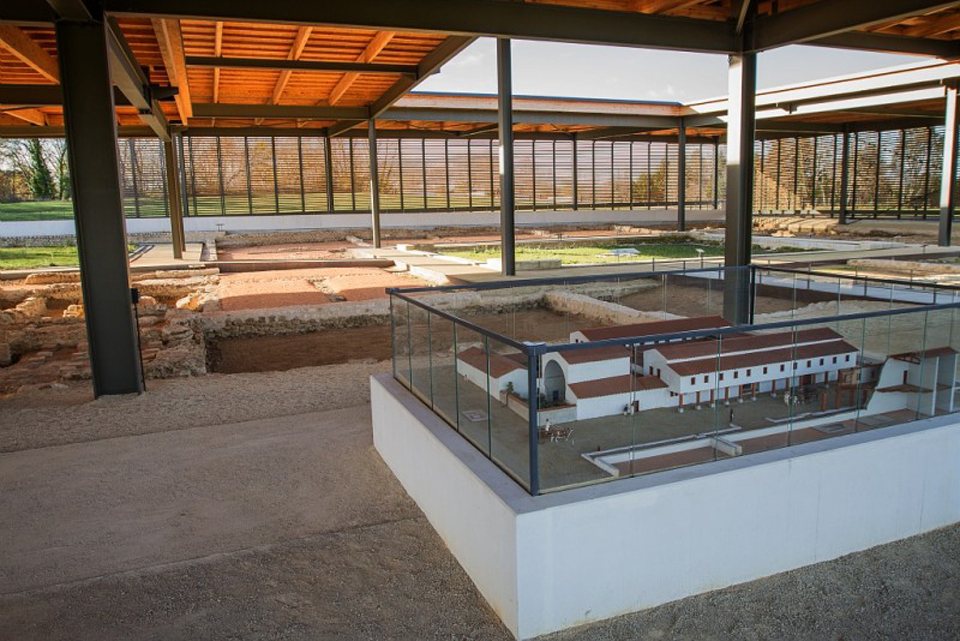
During AD 410–506, the Visigothic Kingdom of Toulouse ruled over Southern Gaul and much of the Iberian Peninsula. The heartland, though, was Aquitaine. What was life in the countryside like?
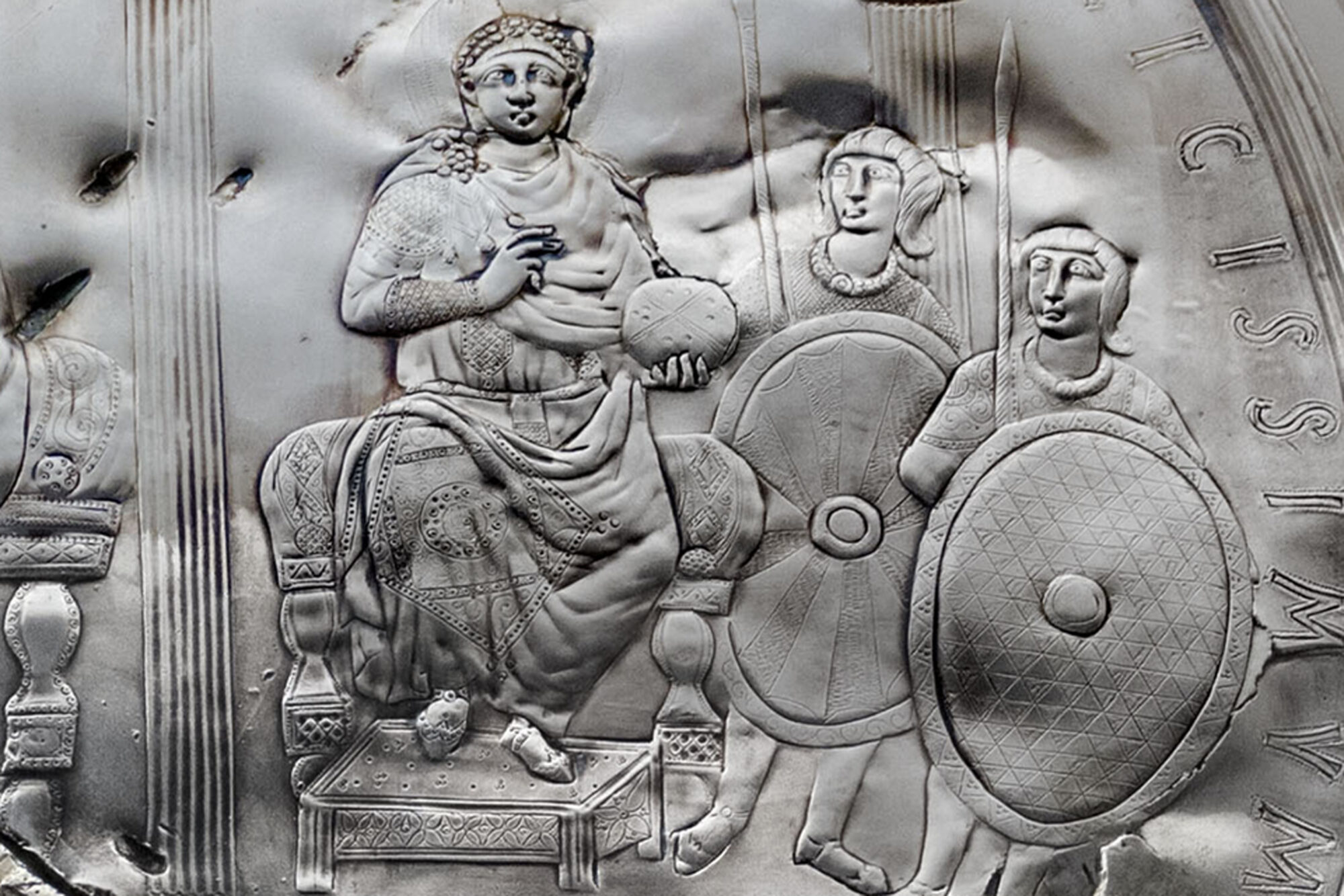
Theoderic II and Euric were kings of the Visigoths in Toulouse in the second half of the 5th-century. From the letters of Sidonius Appolinaris we possess precious biographical glimpses of these Goths and their counterpoise, Vectius
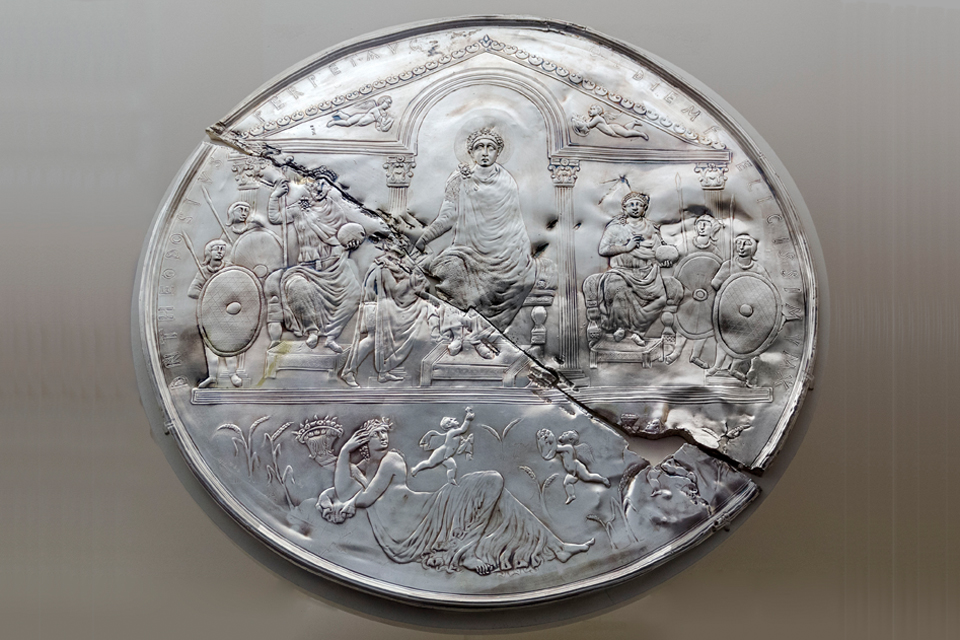
In the latter half of the 20th-century historians of Late Antiquity have been ferociously engaged in debates concerning the “identity of the Goths”. Were they a people? In what sense? And what does Ethnogenesis and Indigeneity mean?
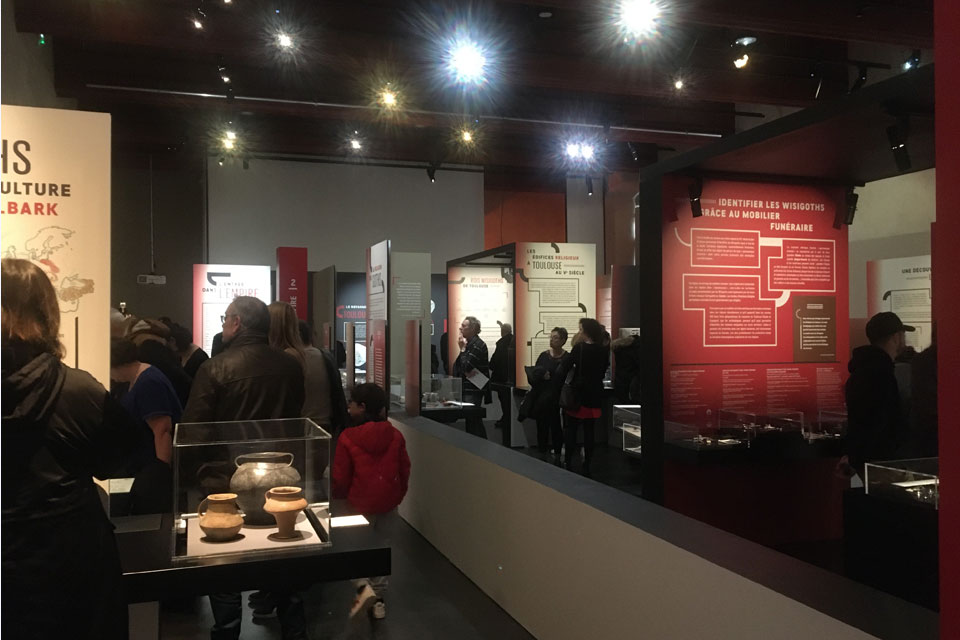
This summer a major exhibition focusing on the Visigothic kingdom in Toulouse 420 – 507 has been organised by the local archaeological museum, Saint-Raymond, Inrap , and the local association, Toulouse wisigothique.
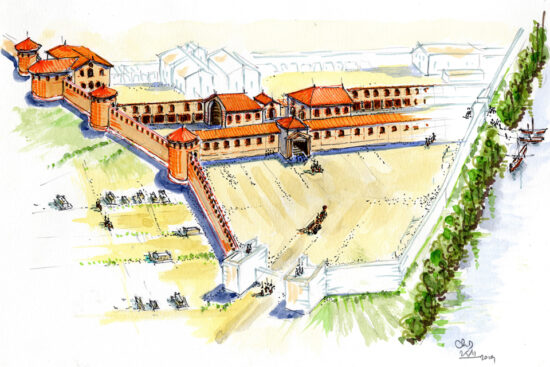
In AD 376, a large group of barbarian warriors and panic-stricken refugees begged the Romans for admission to cross the Danube and enter the Roman territory. Due to Roman bungling of the famished hordes, the people banded together, to meet a Roman army at Adrianople in 378. Here, they mustered 30-40.000 warriors against a corresponding number of imperial troops. Based on this calculation, the size of the hordes of refugees is estimated to have reached an influx of ca. 200.000, a fourth or fifth of which must have been armed soldiers. Known as the Battle of Adrianople 378, the events concluded in a devastating defeat of the Roman Army and the death of the emperor, Valens. Some historians consider these events as the watershed of the Western Roman Empire.
Out of these people – Goths – a distinctive ethnicity, the Visigoths, was gradually forged. Under the leadership of king Alaric they invaded Italy and sacked Rome in 410. Later – now lead by Alaric’s brother-in-law, Athaulf – they were accepted as foederati in the Roman army. In this capacity, the Visigoths were recruited in AD 416 to fight the Sueves in Iberia, which had been invaded by another large group of Alans, Sueves and Vandals. Later, in AD 417 the Visigoths were granted right to settle in Aquitaine, when another leader or king, Vallia, was able to negotiate a proper treaty securing his followers the legal status of veterans, whereby they received the right to settle more permanently. These events laid the groundwork for the rule of Theoderic I (418-451, his sons, Theoderic II, Thorismund, and Euric, as well as his grandson, Alaric II. For nearly a century, the Visigoths played a pivotal role in the shift from Roman Antiquity to the Middle Ages.
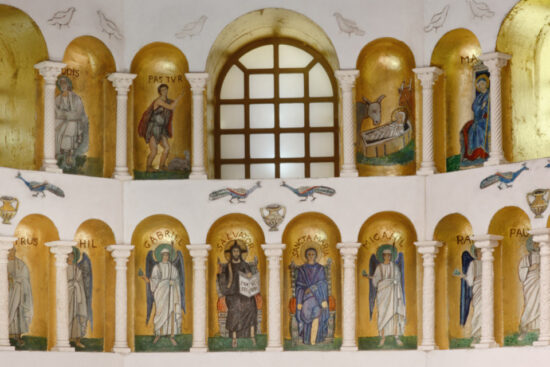
It stands to reason, the details thereof have been endlessly debated. Who were the Goths? Or rather: to what extent did they identify themselves as “Goths”? Were they just “Romanised” Barbarians? And how did they forge their new polity in the ashes of the demise of the Western Roman Empire? The sources are many and varied and offer the possibility of nearly endless pondering. On the other hand, they do not invite to firm conclusions.
The sources also differ as to the exact date, when the pax was concluded between AD 415–420, (and it seems somewhat peculiar that 2020 has been chosen as the year for the anniversary). Also, the “Kingdom of Toulouse” as such did not receive official recognition before 439, when a decisive battle was fought between a Roman army and the Visigoths near Toulouse. At this point, the Romans had de facto lost the political if not cultural influence inside Aquitania. Finally, in connection with the Huns’ invasion of Gaul in 451, the Romans had formally to acknowledge the near sovereignty of the Visigothic kings. Probably, this was part of the price the Romans had to pay to recruit the Visigothic warriors before the Battle of the Catalaunian Plains in AD 451.
Thus, although the Romans continued to pretend to act as overlords, the following period presented the kings at Toulouse with a powerful bastion covering most of present-day southern France and the majority of present-day Spain. In 507, however, the Visigothic rule in Toulouse came to an end at the Battle of Vouillé near Poitiers. Here, a pitched battle between the Franks led by Clovis and the Visigoths commanded by Alaric II led to the death of the latter and the ultimate retraction to Iberia.
The exhibition at Toulouse this summer has been set up for two reasons. First of all, it has been decades since the Goths were at the centre of an exhibition aiming to tell the full story from the migration out of Scandinavia and the formation of the “People of the Goths”. Secondly, the people of Toulouse have been gradually more interested in this part of their heritage. Central has been the organisation of a local historical association, Toulouse wisigothique , which has been active in hosting seminars, conferences, and now the exhibition. Finally, several archaeological excavations in and around Toulouse have provided new and exciting information about the royal palace, the settlements and the burial rituals.
Thus, until recently, it was believed that the Visigoths left few traces inside the city of Toulouse. Numerous excavations inside Roman villas and of their burial grounds have uncovered a plethora of artefacts – deformed skeletons and jewellery – reminiscent of the same objects found in graves in present-day Romania and Bulgaria. Also, excavations inside Toulouse have uncovered the magnificent palace, which the Visigothic kings made their headquarter.
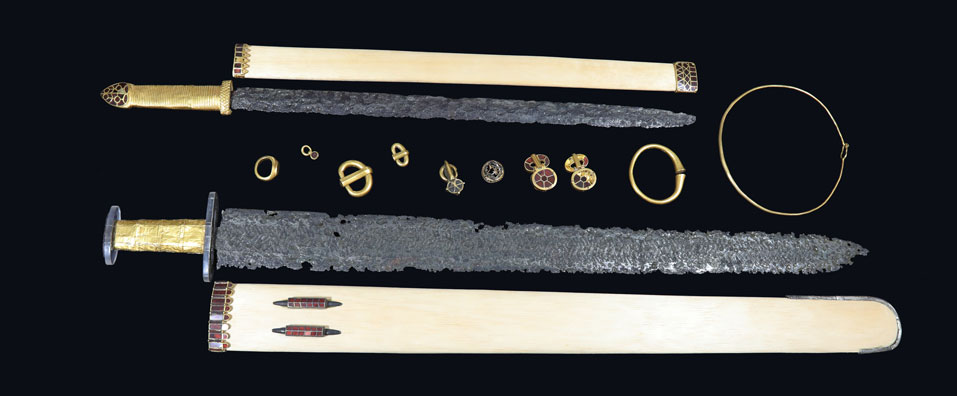
The exhibition is divided into two parts. The first shows the Goths as they migrated out of Scandinavia and until they ended up at the shores of the Blacks Sea. This part covers the period from the 2nd to the 4th centuries. The next part covers the period of settlement in Southern Gaul in the 5th century. Thus, the exhibition shows the different cultural settings of the Goths, while they traversed most of Europe in Late Antiquity. During this period, they naturally shifted as to the artefacts, with which they surrounded themselves. However, the exhibition also shows a marked continuity, for instance between the combs found at the Black Sea and those found in graves in Aquitaine. Another common feature is the elongated deformed skulls Hunnic and Gothic women paraded north of the Danube as well as near Toulouse. Recent excavations at Seysses at Haute-Garonne have not only documented this feature, but also the parallel character of the brooches, buckles, and earrings.
At the centre of the exhibition are more than 200 outstanding loans from numerous French and European museums and collections. This exhibition is a unique opportunity to see together such treasures as the signet ring of Alaric II, the weapons, which may have belonged to Theoderic II, parts of the treasure from Pietroasa, the burial stele of Sidonius Appolinaris, and a reconstruction of the cathedral in Toulouse. However, guests are also invited to enjoy more humble objects such as pottery and a string of amber and glass pearls from Poland.
Luckily, the exhibition has been prolonged until the end of December, and visitors to Southern France are highly recommended to make a detour to Toulouse.
The exhibition has been curated by: Laure Barthet, director of the Musée Saint-Raymond, Claudine Jacquet, Musée Saint-Raymond, Emmanuelle Boube, maître de Conférence à l’université Toulouse, Jean-Luc Boudartchouk, archaeologist at l’Inrap, laboratoire TRACES, Emmanuelle Sapet, Direction de la Communication in Toulouse, and design: Teddy Bélier Design
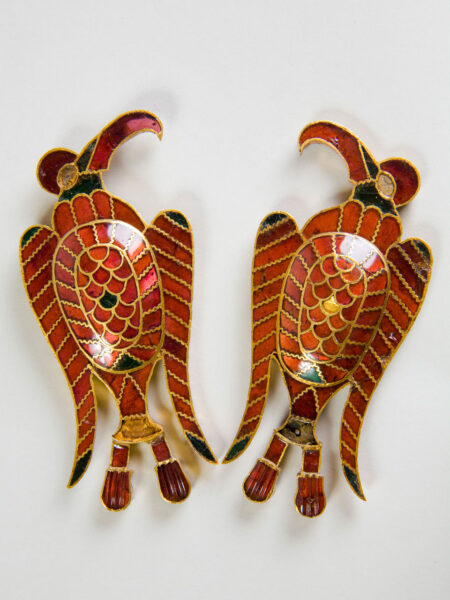
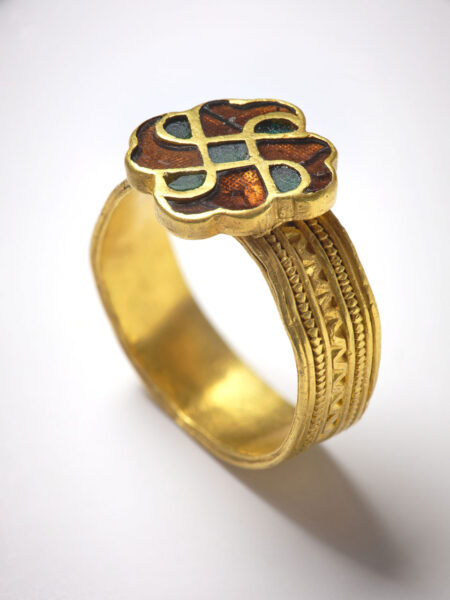
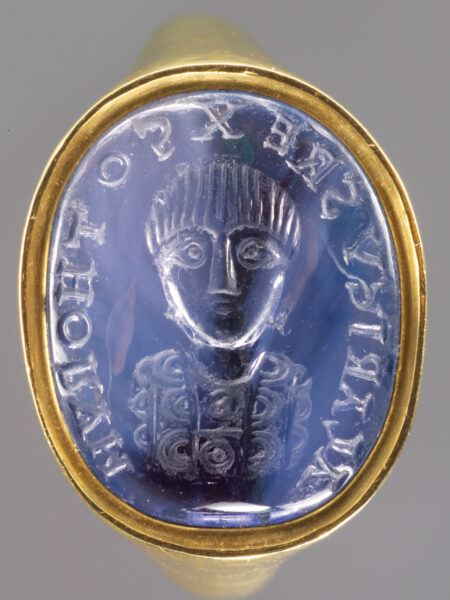
Saint-Raymond Musee
27.02.2020 – 27.12.2020
Pour en savoir-plus sur l’exposition “Wisigoths Rois de Toulouse”
Dossiers d’Archaéologie no. 398: Wisigoths, des barbares au cœur de l’Empire


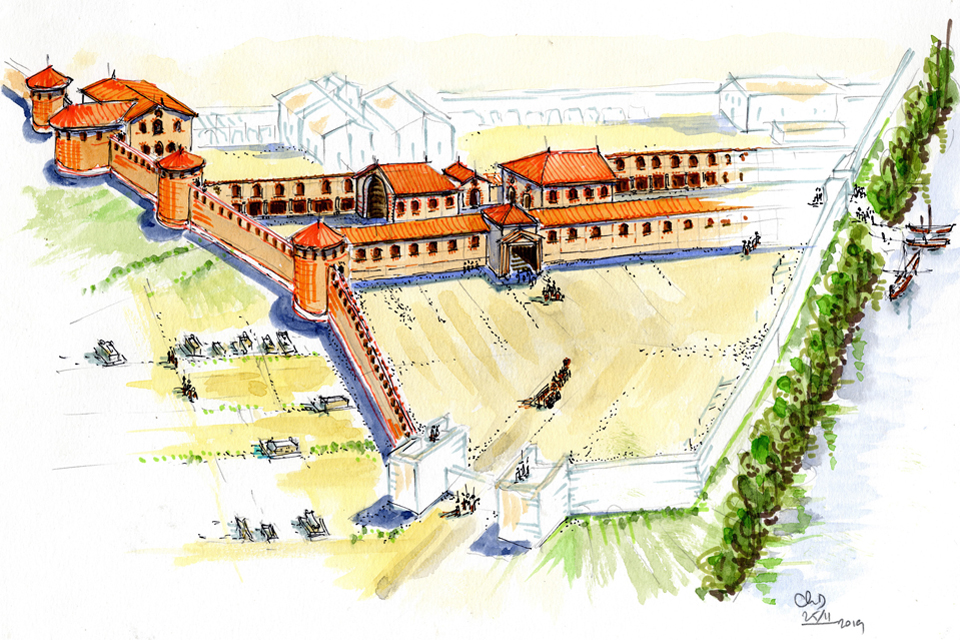
Of all the barbarians entering the Roman Empire in Late Antiquity, the Visigoths were the first to forge a successor-kingdom